
這種清洗不幹淨的超(chāo)聲波清洗機就別用了,來看看為什麽會清洗不幹淨吧
作者:創始人(rén)來(lái)源:http://www.ahfanglei.com/時(shí)間:2025-06-12
超(chāo)聲波清洗機憑借其高效、環保的特性,在精密製造、醫療及珠寶等(děng)領域廣(guǎng)泛應用。然而(ér),部分用(yòng)戶反饋設備清洗效果未達預期,甚至(zhì)出現汙漬殘留現象。這一(yī)問題的根源往往涉及設備選型、操作規範及維護(hù)保養等多個環節,需從技術原理與實際應用結合的角度進行係統性分析(xī)。
Ultrasonic cleaning machines are widely used in precision manufacturing, medical, and jewelry fields due to their high efficiency and environmental friendliness. However, some users have reported that the cleaning effect of the equipment did not meet expectations, and even resulted in residual stains. The root cause of this problem often involves multiple aspects such as equipment selection, operation standards, and maintenance, and requires a systematic analysis from the perspective of combining technical principles with practical applications.
一、設備選型與工況不匹配
1、 Equipment selection does not match working conditions
功率密度(dù)不足:
Insufficient power density:
超聲波清洗(xǐ)效能與功率密度直接相關,標準要(yào)求槽體底部功率密度不低於0.3W/cm?。若設備功率不足,空化效應強度將衰減40%以上,導(dǎo)致盲孔(kǒng)、微縫等區域清洗盲區擴大。
The efficiency of ultrasonic cleaning is directly related to power density, and the standard requires that the power density at the bottom of the tank should not be less than 0.3W/cm?. If the device power is insufficient, the cavitation effect intensity will decrease by more than 40%, leading to the expansion of cleaning blind spots in blind holes, micro cracks and other areas.
解決方案:根據工件材質與汙垢類(lèi)型選擇(zé)功率密度,重油汙工件需選配0.5W/cm?以上機型。
Solution: Choose the power density based on the material of the workpiece and the type of dirt, and select 0.5W/cm for heavy oil contaminated workpieces? The above models.
頻率選擇偏(piān)差:
Frequency selection deviation:
20-40kHz為通用頻段,但針對不同汙垢存在最佳頻率窗口。例如,拋光蠟殘留(liú)需25kHz低頻段強化空化衝擊,而指紋油汙則需40kHz高頻段提升微(wēi)射流精度。
20-40kHz is a universal frequency band, but there is an optimal frequency window for different types of dirt. For example, polishing wax residue requires 25kHz low-frequency band to enhance cavitation impact, while fingerprint oil stains require 40kHz high-frequency band to improve micro jet accuracy.
解決(jué)方案:采(cǎi)用(yòng)雙頻切換機型(xíng),根據汙垢類(lèi)型動態調整工作頻(pín)率。
Solution: Adopting a dual frequency switching model, dynamically adjusting the operating frequency according to the type of dirt.
二、清(qīng)洗工藝參數失控
2、 Out of control cleaning process parameters
清洗液(yè)失效:
Cleaning solution failure:
堿性清洗液使用超過8小時後,pH值(zhí)下降導致皂化反應速率降低30%,油(yóu)汙分解能力顯(xiǎn)著衰減。
After using alkaline cleaning solution for more than 8 hours, the pH value decreases, resulting in a 30% decrease in the saponification reaction rate and a significant decline in the ability to decompose oil stains.
解決方案:配置在線pH監測模(mó)塊,當(dāng)pH值低於10時自動補充清洗劑。
Solution: Configure an online pH monitoring module to automatically replenish cleaning agents when the pH value is below 10.
溫(wēn)度(dù)管理失當:
Improper temperature management:
水基清洗液最佳工作溫度為50-60℃,溫度每升高10℃,空化效應強度提升15%,但超過70℃會導致清洗液蒸發加劇(jù),空化核數量減少。
The optimal working temperature for water-based cleaning solution is 50-60 ℃. For every 10 ℃ increase in temperature, the cavitation effect intensity increases by 15%. However, exceeding 70 ℃ will lead to increased evaporation of the cleaning solution and a decrease in the number of cavitation nuclei.
解決方案:采用PTC恒溫(wēn)加熱係統(tǒng),溫度波動控製在±2℃以(yǐ)內。
Solution: Adopt PTC constant temperature heating system, with temperature fluctuations controlled within ± 2 ℃.
時間設定錯誤:
Time setting error:
實驗數據顯示,鋁合金工件除油清洗需至少15分鍾才能達到98%潔淨度,時間不足將導致碳氫化(huà)合物殘留。
Experimental data shows that oil removal and cleaning of aluminum alloy workpieces require at least 15 minutes to achieve 98% cleanliness, and insufficient time will result in residual hydrocarbons.
解決方案:建立工件材質-汙(wū)垢類型-清(qīng)洗時間映射表,通過PLC程序實現精準計時控製。
Solution: Establish a mapping table for workpiece material, dirt type, and cleaning time, and achieve precise timing control through PLC program.
三、操作規範缺失
3、 Lack of operational standards
裝載方式不當:
Improper loading method:
工件疊放導致超聲波衰減係數(shù)增加,底部工(gōng)件接(jiē)收能量僅為表(biǎo)麵工件的40%,形成清洗死角。
The stacking of workpieces leads to an increase in ultrasonic attenuation coefficient, and the bottom workpiece receives only 40% of the energy of the surface workpiece, forming a cleaning blind spot.
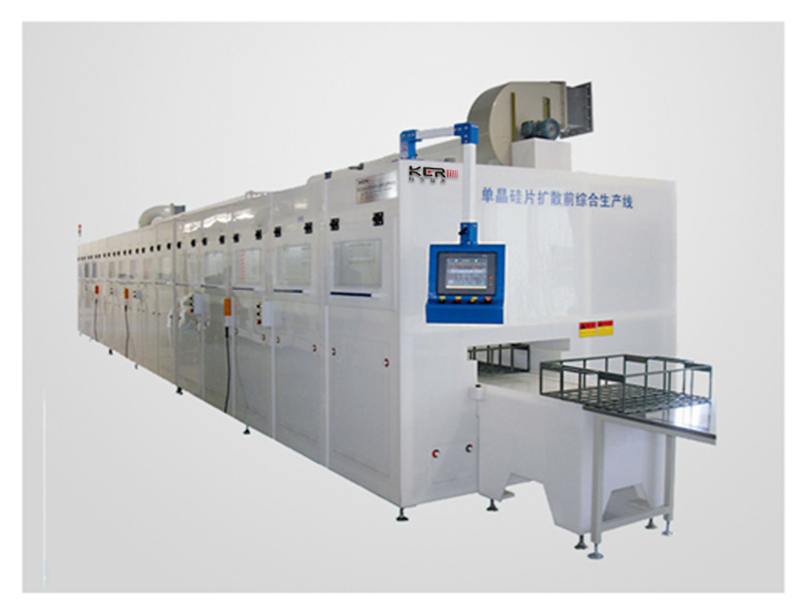
解決方(fāng)案:采用分層托盤架,工件(jiàn)間距保持10mm以上,確保聲場(chǎng)均勻穿透。
Solution: Adopt a layered tray rack with a workpiece spacing of at least 10mm to ensure even penetration of the sound field.
預處理缺失:
Preprocessing missing:
重油(yóu)汙工件直接清洗時(shí),油膜(mó)厚度超過0.2mm將(jiāng)形成(chéng)隔聲(shēng)層,阻礙超聲波傳導。
When cleaning heavy oil contaminated workpieces directly, if the oil film thickness exceeds 0.2mm, a sound insulation layer will be formed, which will hinder the transmission of ultrasonic waves.
解決方案:增加溶(róng)劑浸(jìn)泡預處理工序,溶解(jiě)表麵(miàn)浮(fú)油後再進行超(chāo)聲波(bō)清洗。
Solution: Add a solvent immersion pretreatment process, dissolve surface floating oil, and then perform ultrasonic cleaning.
四、設備維護缺陷(xiàn)
4、 Equipment maintenance defects
換能(néng)器積垢:
Scale buildup on the transducer:
水垢在(zài)換能器振子表麵沉積0.5mm後,振(zhèn)幅衰減達20%,空化(huà)效應(yīng)強度顯著降低。
After depositing 0.5mm of scale on the surface of the transducer oscillator, the amplitude attenuation reaches 20% and the cavitation effect intensity significantly decreases.
解決方(fāng)案:每月用檸檬酸溶液(yè)循環清洗換能器,去除無機鹽沉積。
Solution: Clean the transducer with citric acid solution every month to remove inorganic salt deposits.
降振係統失(shī)效:
Vibration reduction system failure:
彈性減震(zhèn)墊(diàn)老化導致槽體共振頻率(lǜ)偏(piān)移,聲場分布均勻性(xìng)下降15%。
The aging of the elastic shock absorber pad causes a shift in the resonance frequency of the groove, resulting in a 15% decrease in the uniformity of the sound field distribution.
解決方案:每年更換矽膠減震墊,定期檢測槽體(tǐ)固有頻率。
Solution: Replace the silicone shock absorber pad annually and regularly check the natural frequency of the groove body.
超聲波清洗機(jī)清洗效果(guǒ)不佳的本質(zhì),是設備性能與工藝(yì)需求失配的集中體現。用戶需從選型適配(pèi)性、工藝參數控製、操作(zuò)規範性、設備(bèi)維(wéi)護四個維度建立標準化作業流程。通過引入在線監測、智能控製等技術手段,可顯著提升清洗質量穩定性,使(shǐ)潔淨度達標率從75%提升至(zhì)95%以(yǐ)上,真正發(fā)揮超聲波清洗技術的效能優勢。
The essence of the poor cleaning effect of ultrasonic cleaning machines is the concentrated reflection of the mismatch between equipment performance and process requirements. Users need to establish standardized operating procedures from four dimensions: selection adaptability, process parameter control, operational standardization, and equipment maintenance. By introducing technologies such as online monitoring and intelligent control, the stability of cleaning quality can be significantly improved, and the cleanliness compliance rate can be increased from 75% to over 95%, truly leveraging the efficiency advantages of ultrasonic cleaning technology.
本文由超聲波清洗機友情奉獻.更多有關(guān)的知識請點擊:http://www.ahfanglei.com91污將會對(duì)您提出(chū)的疑問進行詳細的解答,歡(huān)迎您登錄網站留言.
This article is a friendly contribution from CNC high-pressure cleaning machine For more information, please click: http://www.ahfanglei.com We will provide detailed answers to your questions. You are welcome to log in to our website and leave a message
推薦產品
推薦文章
 公司:濟南科爾超聲波設備有限公司
公司:濟南科爾超聲波設備有限公司  熱線:18663767799
熱線:18663767799 地址:山東省濟南市濟陽區創(chuàng)業路與啟航街交叉(chā)口南40米
地址:山東省濟南市濟陽區創(chuàng)業路與啟航街交叉(chā)口南40米




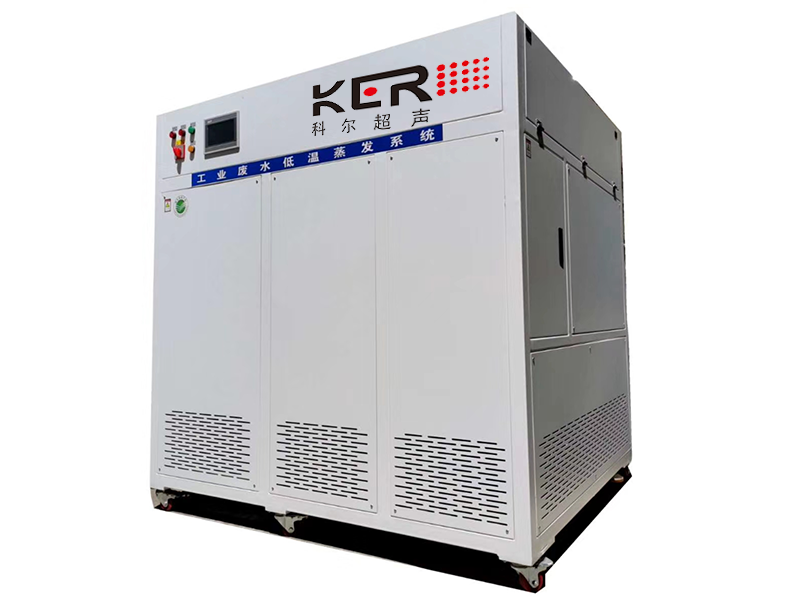
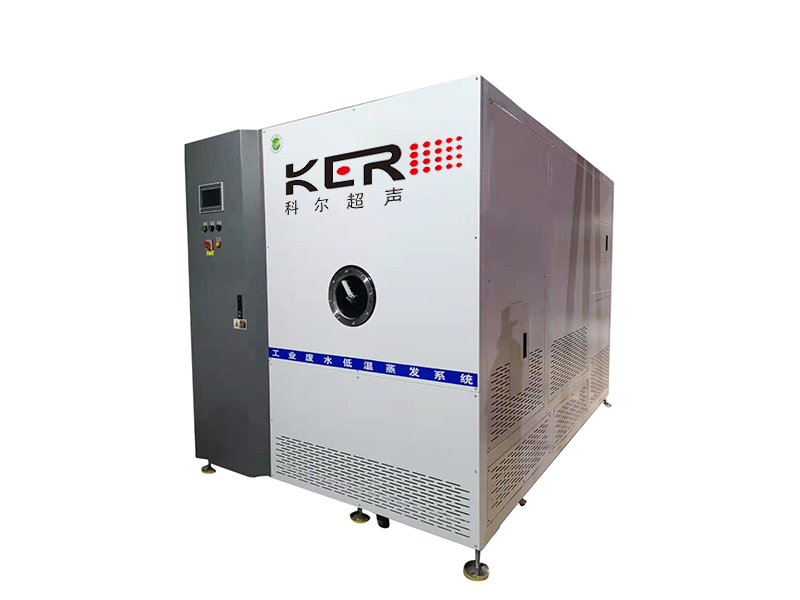
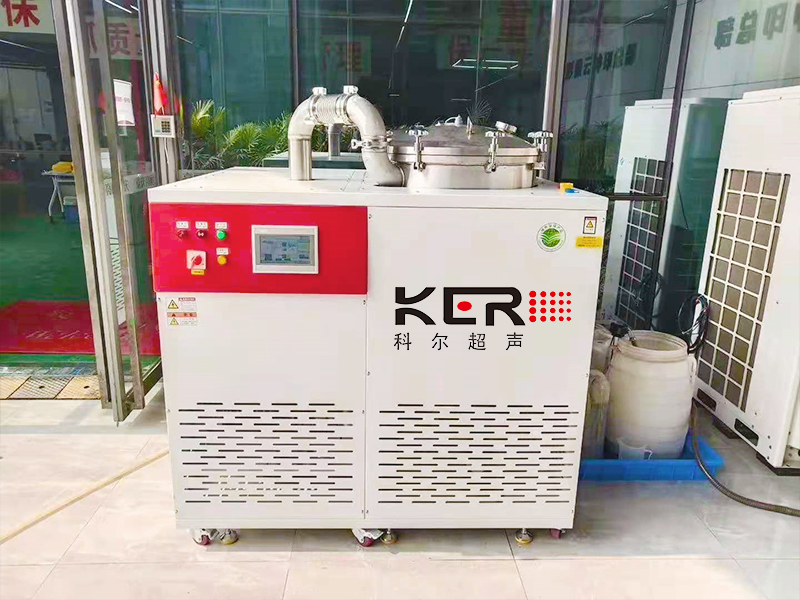

 新聞(wén)資訊
新聞(wén)資訊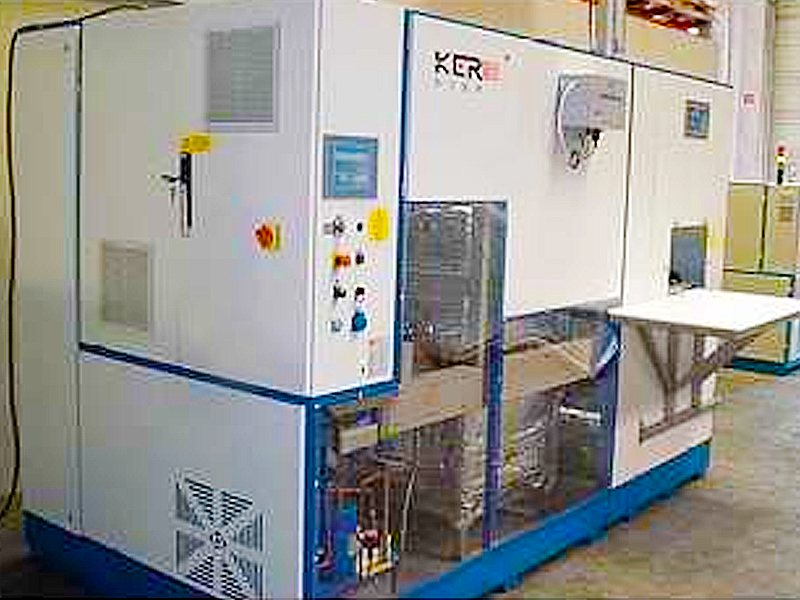
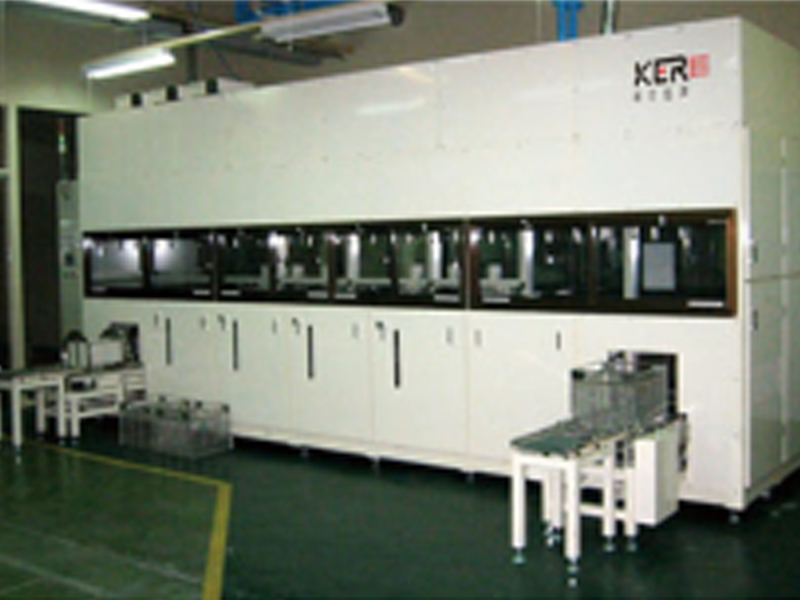
 聯係91污
聯係91污
 谘詢電話:18663767799
谘詢電話:18663767799 E-MAIL:jnkergs@163.com
E-MAIL:jnkergs@163.com 地址:山東省濟南(nán)市濟陽區創業路與啟航街交叉口南40米
地址:山東省濟南(nán)市濟陽區創業路與啟航街交叉口南40米 魯(lǔ)公網安備 37011202001385號
魯(lǔ)公網安備 37011202001385號
